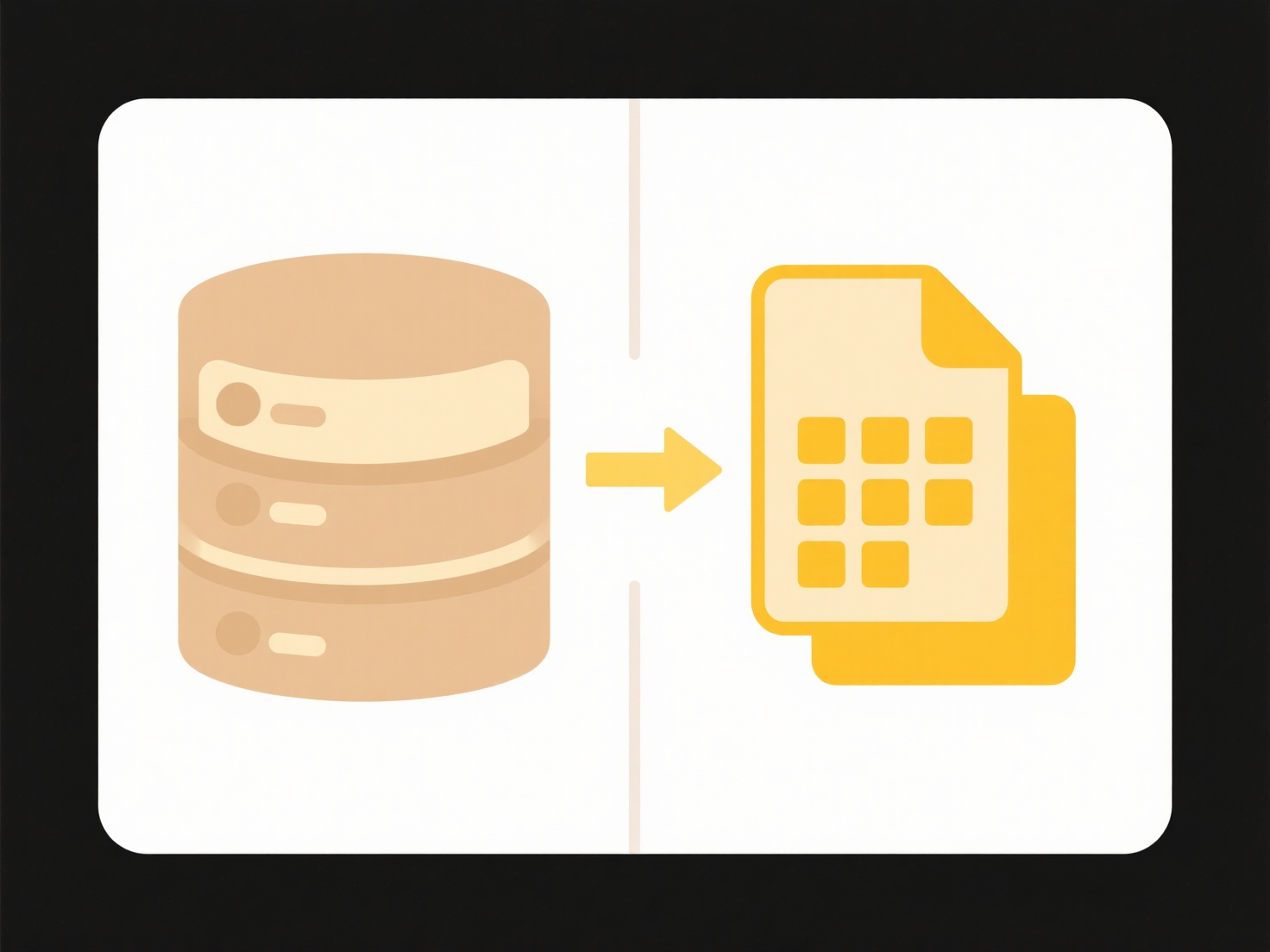
JAR (Java Archive) files themselves are containers, much like ZIP files, holding Java classes, resources, and metadata needed to run Java applications. They are not inherently dangerous because they primarily store compiled Java bytecode. The potential risk arises from what the JAR contains – specifically, malicious code written in Java that the Java Runtime Environment (JRE) executes when the JAR is run. Any executable file format carries this inherent risk, not just JAR files.
These files are fundamental to distributing many Java applications and libraries. For instance, plugins for software like Eclipse IDE or Minecraft mods are commonly distributed as JAR files. Build tools like Maven and Gradle automatically download and manage JAR dependencies for projects. Organizations also package entire enterprise applications as executable JARs for deployment on servers.

The main security advantage stems from the JRE's built-in sandboxing capabilities, designed to restrict untrusted app actions. However, limitations exist: if users ignore security warnings or deliberately disable these protections, malicious JARs can compromise systems. Attackers often disguise malware as legitimate software, tricking users into running them. This ethical concern drives ongoing developments in security protocols and application signing (like Java Web Start / JNLP replacements) to enhance verification and user safety when distributing Java applications.
Are .jar files dangerous?
JAR (Java Archive) files themselves are containers, much like ZIP files, holding Java classes, resources, and metadata needed to run Java applications. They are not inherently dangerous because they primarily store compiled Java bytecode. The potential risk arises from what the JAR contains – specifically, malicious code written in Java that the Java Runtime Environment (JRE) executes when the JAR is run. Any executable file format carries this inherent risk, not just JAR files.
These files are fundamental to distributing many Java applications and libraries. For instance, plugins for software like Eclipse IDE or Minecraft mods are commonly distributed as JAR files. Build tools like Maven and Gradle automatically download and manage JAR dependencies for projects. Organizations also package entire enterprise applications as executable JARs for deployment on servers.

The main security advantage stems from the JRE's built-in sandboxing capabilities, designed to restrict untrusted app actions. However, limitations exist: if users ignore security warnings or deliberately disable these protections, malicious JARs can compromise systems. Attackers often disguise malware as legitimate software, tricking users into running them. This ethical concern drives ongoing developments in security protocols and application signing (like Java Web Start / JNLP replacements) to enhance verification and user safety when distributing Java applications.
Quick Article Links
Why can’t I open .docx files in Google Docs?
DOCX is Microsoft Word's native file format designed for offline processing with features that may not directly translat...
How often should I back up local files to the cloud?
Cloud backups involve copying files from your computer or devices to secure remote servers via the internet. How often y...
Why is my file not saving?
A file may not save when an interruption occurs during the writing process from software to storage. This means the appl...